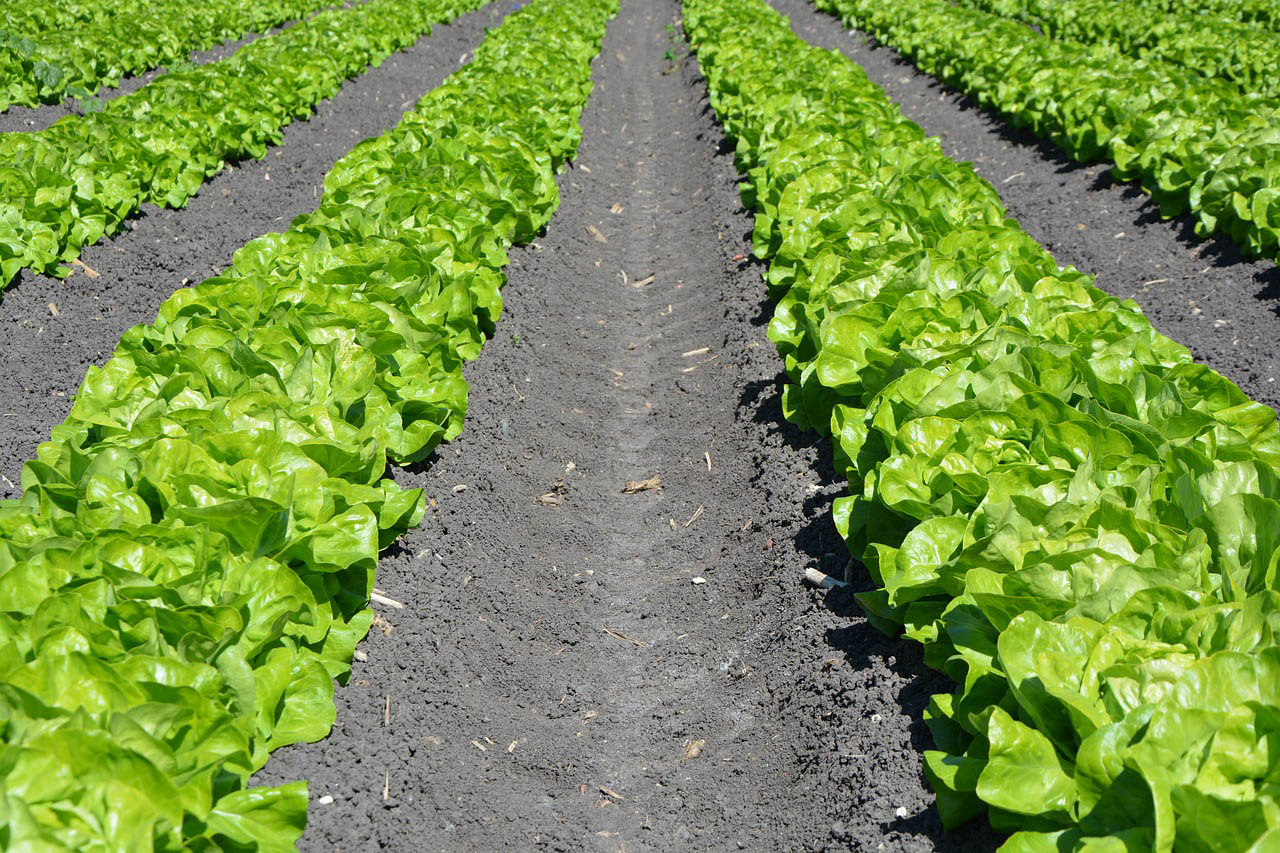Below are answers to some of the most frequently asked questions we receive. The information is organized into two separate sections, one for consumers and one for retailers. If you have a question and cannot find the answer on our website, please contact the Weights and Measures Services Division (WMSD) at 602-542-4373 or dwm@azda.gov.
Q: Why can I dispense 20 gallons of gasoline into my vehicle tank when my owner's manual says my vehicle has a 19-gallon tank?
A: The tank capacity listed in your owner's manual is only an approximation for most vehicles. Your fuel tank may hold more or less than the stated volume. In addition, tank volume discrepancies may be caused by:
- The slope of the ground in front of the fuel dispenser
- The volume at which the auto-shutoff activates (may vary depending on the nozzle)
- "Topping-off... attempting to dispense fuel into your tank after the auto-shutoff activates. This practice is not recommended, and you may overfill your tank or unknowingly dispense fuel into the vapor space of your tank
- The accuracy of your fuel gauge (including the angle at which the fuel gauge is read)
Q: Does WMSD regulate the price of gasoline?
A: No, we do not regulate fuel prices.
Q: What do I do if I activate a dispenser, and it shows a dollar amount, such as $0.03, before I even start dispensing fuel?
A: This is called a meter jump. This abnormal performance should be reported to WMSD for further investigation. Fuel dispensers are required to start each delivery at zero. You may file a complaint online (link is external) or contact WMSD at 602-542-4373. Be sure to provide us with the location address, pump number, and grade of fuel purchased.
Q: Are fuel dispensers in Arizona required to have WMSD inspection stickers?
A: No, the inspection stickers are affixed to indicate that the device in question was inspected by WMSD and found to meet all applicable tolerances and requirements at the time of inspection. A fuel dispenser may not have an approval seal for a variety of reasons, including:
- The dispenser was in violation at the time of inspection, and the investigator initiated enforcement action (see next question regarding enforcement action).
- The dispenser was recently re-branded, re-faced, or repainted.
- The dispenser was recently installed and has not been inspected by WMSD.
- The approval seal was illegally removed or became detached from the dispenser.
Please note that it is normal for inspection stickers to note an inspection date two or even three years old. WMSD cannot inspect every fuel dispenser annually, and we are generally able to inspect each fuel dispenser at a minimum of once every three years.
Fuel dispensers must display WMSD contact information if a WMSD inspection sticker is absent. See our Guide to Dispenser Labeling in Arizona for more information.
Q: Are fuel stations required to install security tamper seals on their fuel dispensers?
A: No. Fuel stations are not required to install security tamper seals on their fuel dispensers. Security tamper seals are mainly an added security mechanism to prevent credit card skimming activity at fuel dispensers. Many fuel retailers voluntarily install security tamper seals on their fuel dispensers to help customers and location employees identify if a pump may have been tampered with. However, the integrity of these seals is diminished if they are not replaced after being broken for routine dispenser maintenance, such as replacing a roll of receipt paper. If you see a broken security tamper seal, it is recommended that you report the broken seal to a location employee. You may also contact WMSD if you are concerned about possible skimming activity at a fuel station.
Q: I saw a yellow Weights and Measures tag on a fuel dispenser. What does that tag mean?
A: WMSD uses three different enforcement tags. These tags are described below.
Warning Tag: These tags are yellow in color and indicate that the device or commodity in question requires corrective action that must occur within a specified time frame (usually 7 days or 30 days). The location may continue using the device commercially or sell the commodity during this time. If the time frame passes and the corrective action has not occurred, investigators will issue an Out of Service or Stop-Sale, Stop-Use tag (see below).
Out of Service Tag: These tags are red in color and signify that the inspected device does not comply with applicable requirements and is prohibited from commercial use until the violation is corrected. A Registered Service Representative must repair the device and submit a report to WMSD with information regarding the repair before the device may be placed back into service. If you see a business using a device with a red tag attached, please contact us at 602-542-4373 or dwm@azda.gov.
Stop-Sale, Stop-Use Tag: These tags are blue in color and signify that the inspected device, vapor recovery system, or commodity does not comply with applicable requirements and may not be used or sold until the violation is corrected. Before removing a Stop-Sale, Stop-Use tag, a location representative or a Registered Service Representative must call WMSD and obtain verbal permission to remove the tag. If you see a business selling a commodity or using a device or vapor recovery system with a blue tag attached, please contact WMSD at 602-542-4373 or dwm@azda.gov.
Q: I prepaid for fuel, and the pump was really slow when it approached the preset dollar amount. Did I receive the amount of fuel that I paid for?
A: Many fuel dispensers are programmed to reduce fuel flow when approaching the preset dollar amount. Fuel dispenser meters are designed to measure liquid volume accurately during normal delivery or reduced flow rates.
Q: I purchased fuel at a fuel station, but they did not provide free compressed air for my tires. Isn't this a violation of Arizona Revised Statutes?
A: Many people are familiar with House Bill 2664, proposed in Arizona during the 2008 legislative session. This bill was never signed into law, so fuel retailers are not obligated to provide free compressed air for tires, nor are they required to supply customers with an air pressure gauge for checking tire pressure or water for refilling vehicle radiators.
Q: What is Arizona Cleaner Burning Gasoline (CBG), and why must I use it?
A: The United States Environmental Agency (EPA) classified the Phoenix Metropolitan Area as a serious non-attainment area (did not meet federal regulations for clean air) for certain air pollutants. Since some of the greatest contributors to poor air quality are motor vehicles, the fuel used to run these vehicles was targeted as a major component to help clean our air. CBG refers to the gasoline specifications required in Maricopa County and Area A (link is external). This special gasoline blend contributes to the reduction in harmful vehicle emissions.
-
Food Access
Finding Healthy Food in ArizonaConnecting people, food, and resources through partnerships with producers, non-profits, for-profits and government.
-
Get a License
Apply For, Renew, or look up a LicenseEnter our Licensing and Payment System then use the filter at the top to find the license you want to apply for or renew or find existing license information, including CEU's
